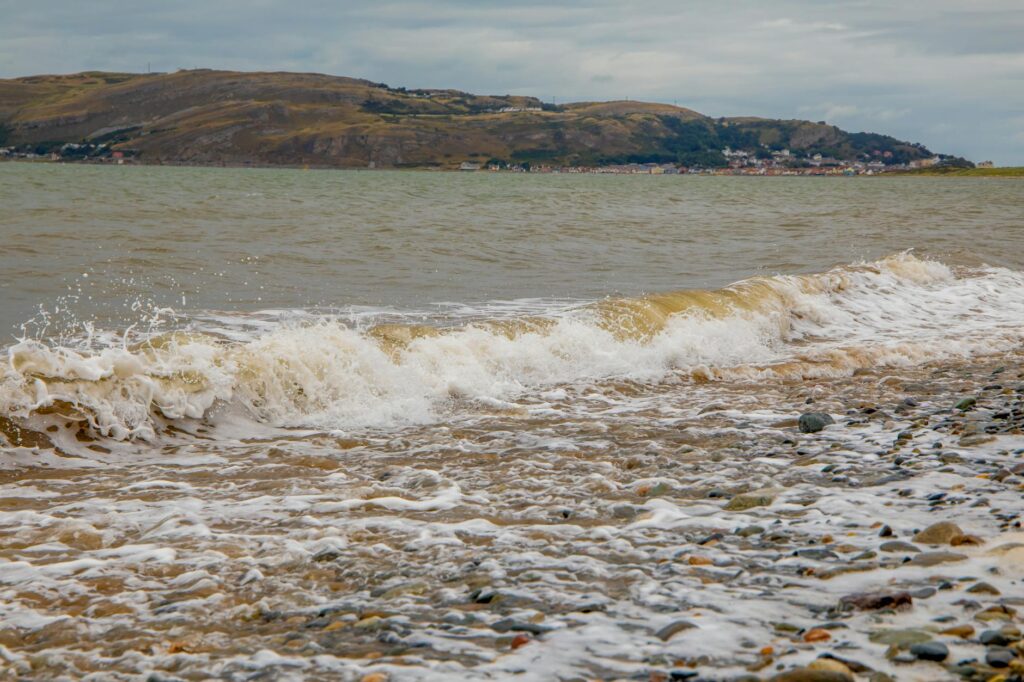Inland marine insurance might sound like something from a nautical museum, but it’s actually a vital type of coverage for businesses and individuals alike. Unlike traditional marine insurance which covers goods transported over water, inland marine insurance protects goods during their transit and while they are temporarily away from their usual location. This means a wide array of items, from valuable equipment to works of art, can find protection under this often-overlooked policy.
What Does Inland Marine Insurance Cover?
Inland marine insurance is surprisingly broad. It can cover a wide range of items, including business property such as tools and equipment used on construction sites or at trade shows, and personal property including high-value items like jewelry or musical instruments while traveling. It also extends to goods in transit, protecting against loss or damage during shipment. Specific items and situations covered depend on the chosen policy and its specifics. For example, some policies might also cover floater policies for valuable items, offering tailored protection beyond standard coverage. 
Who Needs Inland Marine Insurance?
Many individuals and businesses could benefit from inland marine insurance. Contractors, for instance, rely on expensive equipment that’s frequently moved between job sites. Retailers often transport high-value inventory, needing reliable protection against damage or theft during transit. Musicians who tour regularly should consider insuring their instruments, and even individuals with valuable collections may wish to have coverage in place. Learn more about who can benefit from inland marine insurance to see if it’s right for you.
Types of Inland Marine Insurance
There are various types of inland marine insurance policies, each designed to address specific needs. These include accounts receivable insurance, which protects against losses resulting from unpaid invoices; instrumentality coverage, which protects equipment used in transportation; and valuable papers and records insurance, for protection of vital business documents. Choosing the right type depends largely on the nature of your business or the type of goods you need to protect. This is also where working with an insurance professional can make all the difference. Find a local agent to discuss your specific requirements.
The Importance of Proper Valuation
Accurately valuing the items covered under your inland marine insurance policy is crucial. Underinsurance can lead to significant financial losses in case of a claim. It’s recommended to maintain detailed records of your goods, including purchase receipts, appraisals, and photos, which will be invaluable in the event of a claim.  Understanding how to properly value your assets is key to securing adequate coverage.
Understanding how to properly value your assets is key to securing adequate coverage.
Inland Marine vs. Other Insurance Policies
Inland marine insurance often overlaps with other types of coverage, such as commercial property insurance. However, the key difference lies in the focus on goods in transit or temporarily away from a fixed location. While some items might have coverage under a standard policy, inland marine often fills gaps and offers more comprehensive protection for high-value goods or those frequently moved. Consider reviewing your existing policies and consulting with an insurance professional to understand what gaps inland marine insurance may cover. Check out this article on comparing different insurance options.
Conclusion
Inland marine insurance provides a critical safety net for businesses and individuals who handle goods that are frequently transported or temporarily away from their usual location. Understanding its scope and benefits, along with the importance of proper valuation and selecting the right policy type, ensures that your valuable assets remain protected against unforeseen risks. [IMAGE_3_HERE] Don’t hesitate to contact an insurance specialist for personalized advice and policy recommendations.
Frequently Asked Questions
What types of businesses commonly use inland marine insurance? Businesses that frequently transport goods, use expensive equipment at multiple locations, or handle high-value inventory typically benefit from inland marine insurance. Examples include contractors, retailers, and transportation companies.
How much does inland marine insurance cost? The cost of inland marine insurance varies depending on several factors, including the value of the goods, the type of coverage needed, and the risk involved. It’s advisable to obtain quotes from different insurers.
Can I use inland marine insurance to cover my personal belongings? Yes, you can use inland marine insurance to cover personal belongings, particularly high-value items such as jewelry, musical instruments, or collectibles, especially while traveling or temporarily away from your home.
What are the typical exclusions in inland marine policies? Policies commonly exclude coverage for wear and tear, inherent vice (damage caused by the nature of the goods themselves), and intentional acts. Specific exclusions vary from policy to policy, so review your policy carefully.
What happens if my insured goods are lost or stolen? If your insured goods are lost or stolen, you would need to file a claim with your insurance company. Be prepared to provide detailed information about the loss, including any supporting documentation.



